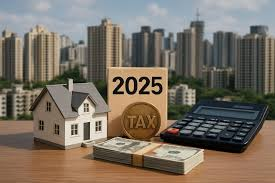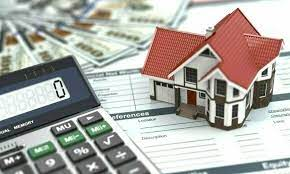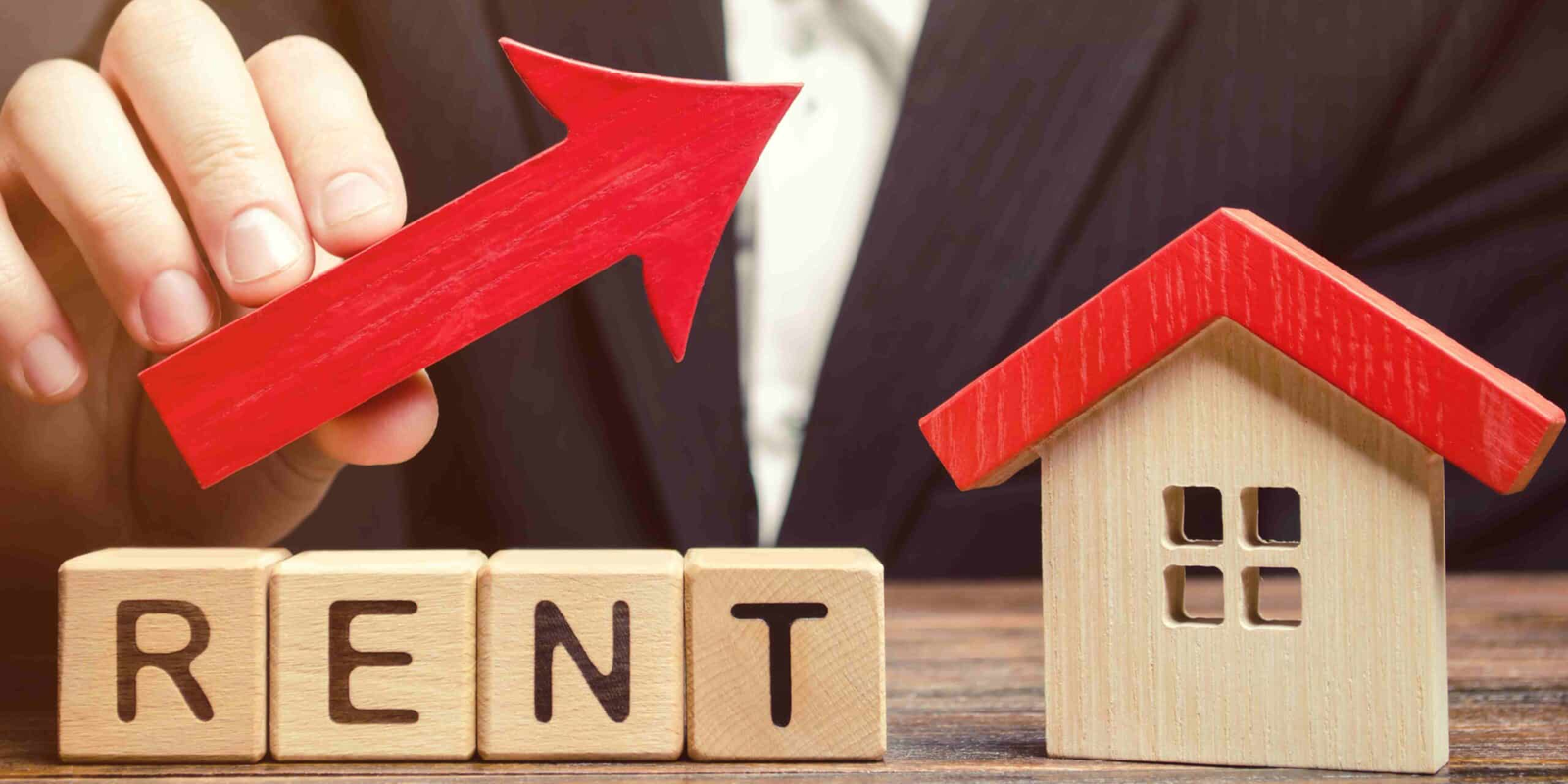Now Reading: 7 Innovative Housing Tax Breaks Under Vision 2030 Plan in 2025
-
01
7 Innovative Housing Tax Breaks Under Vision 2030 Plan in 2025
7 Innovative Housing Tax Breaks Under Vision 2030 Plan in 2025

Table of Contents
Saudi Arabia’s real estate market, valued at $72.11 billion in 2024, is projected to reach $132.65 billion by 2033 with a 7% CAGR, driven by Vision 2030’s goal to increase homeownership from 63.74% to 70% by 2030, per imarcgroup.com and momah.gov.sa.
The Housing Program, launched in 2018, has distributed over 1 million units and financed 750,000 contracts worth SAR 650 billion ($173 billion), per globalbusinessoutlook.com. Tax incentives, including exemptions and subsidies under the Real Estate Transaction Tax (RETT) and White Land Tax (WLT), reduce costs for SAR 20–50 million ($5.33–$13.33 million) investors and first-time buyers, per pwc.com.
This guide, crafted in clear, SEO-friendly language with an engaging tone, outlines seven innovative housing tax breaks under Vision 2030 in 2025, supported by data, legal insights, and actionable strategies.
7 Innovative Housing Tax Breaks

1. RETT Exemption for First-Time Buyers
The 5% RETT, effective April 9, 2025, per Royal Decree M/84, is waived for Saudi nationals purchasing their first residential property up to SAR 1 million ($266,667), per kpmg.com and @safar477 on X. This supports SAR 10 million ($2.67 million) first-time buyers in Riyadh, where 63.74% of households own homes, per momah.gov.sa.
- Benefit: Saves $13,333 on a $266,667 Jeddah apartment, boosting affordability, per arabnews.com.
- Action: Verify eligibility via ZATCA’s RETT platform for SAR 5 million ($1.33 million) purchases, per baticfirm.com.
- Example: A $266,667 Dammam home purchase avoids $13,333 RETT, preserving $21,333 yields at 8%.
- Source: kpmg.com, arabnews.com, baticfirm.com‽web:7,12 ‽post:0
2. WLT Exemption for Developed Land
The 10% WLT on undeveloped urban land ≥5,000 m², amended April 29, 2025, is exempt for plots with completed residential projects, per dlapiper.com. This encourages SAR 20 million ($5.33 million) developers in NEOM, per saudigazette.com.
- Benefit: Saves $80,000 on an $800,000 Riyadh plot, enabling $106,400 yields at 8%, per addleshawgoddard.com.
- Action: Develop SAR 15 million ($4 million) housing units within 90 days, per agbi.com.
- Example: A $545,000 Jeddah plot developed into 5 units avoids $54,500 WLT, yielding $65,400 at 12%.
- Source: dlapiper.com, saudigazette.com, agbi.com ‽web:0,19
3. VAT Zero-Rating for Residential Sales
Residential property sales are zero-rated for 15% VAT, unlike commercial transactions, per cleartax.com. This reduces costs for SAR 30 million ($8 million) investors in affordable housing projects like Sakani, which supported 96,000 families in 2023, per momah.gov.sa.
- Benefit: Saves $40,000 on a $266,667 Al Khobar home, enhancing $21,333 yields, per finanshels.com.
- Action: Target SAR 20 million ($5.33 million) Sakani projects via realestatesaudi.com.
- Example: A $545,000 Riyadh villa sale avoids $81,750 VAT, securing $43,600 yields at 8%.
- Source: cleartax.com, momah.gov.sa, realestatesaudi.com ‽web:12,16
4. Subsidized Housing Support Packages
The Housing Program offers five subsidy packages (Advanced, Renovation, Self-Build, Furniture, Rent) via Sakani, with payments up to 20 years, per momah.gov.sa. SAR 15 million ($4 million) investors benefit from REDF’s low-interest loans, per globalbusinessoutlook.com.
- Benefit: Covers $26,667 in costs for a $266,667 Taif home, per pwc.com.
- Action: Apply for SAR 10 million ($2.67 million) subsidies via Sakani, per realestatesaudi.com.
- Example: A $266,667 Jeddah apartment buyer receives $13,333 subsidies, boosting $21,333 yields.
- Source: momah.gov.sa, pwc.com, realestatesaudi.com ‽web:6,8,12,16
5. Tax Incentives for Public-Private Partnerships (PPPs)
Developers in PPPs for affordable housing, like Roshn’s $2.5 billion Riyadh project, receive tax breaks, including reduced CIT from 20% to 10% on profits, per realestatesaudi.com and deloitte.com. This supports SAR 50 million ($13.33 million) investments.
- Benefit: Saves $53,333 on $533,333 income for a $5.33 million project, per tencohomes.com.
- Action: Partner with NHC for SAR 20 million ($5.33 million) projects, per globalbusinessoutlook.com.
- Example: A $1.33 million Dammam PPP project saves $26,667 CIT, yielding $119,700 at 9%.
- Source: realestatesaudi.com, deloitte.com, globalbusinessoutlook.com ‽web:2,6,7,16
6. Land Grant Tax Relief

The government provides land grants with WLT and RETT exemptions for affordable housing developers, per arabnews.com. SAR 20 million ($5.33 million) investors in Al-Tahya, Taif, benefit, per globalbusinessoutlook.com.
- Benefit: Saves $93,333 ($54,500 WLT + $38,833 RETT) on a $777,667 plot, per addleshawgoddard.com.
- Action: Secure SAR 15 million ($4 million) grants via MoMRA, per realestatesaudi.com.
- Example: A $545,000 Riyadh land grant avoids $27,250 RETT, yielding $65,400 at 12%.
- Source: arabnews.com, globalbusinessoutlook.com, realestatesaudi.com ‽web:0,8,16
7. Mortgage Interest Deduction
The Saudi Central Bank allows deductions on mortgage interest for first-time buyers, with rates at 2.5–4%, per arabmls.org. This supports SAR 10 million ($2.67 million) buyers in Jeddah’s Al-Rawabi project, per globalbusinessoutlook.com.
- Benefit: Saves $8,000 annually on a $266,667 mortgage at 3%, per pwc.com.
- Action: Secure SAR 5 million ($1.33 million) loans via REDF, per realestatesaudi.com.
- Example: A $266,667 Makkah home buyer deducts $6,667 interest, preserving $21,333 yields.
- Source: arabmls.org, globalbusinessoutlook.com, pwc.com ‽web:0,8,18
Legal and Tax Framework
- Saudi Tax Framework:
- RETT: 5% on property transfers, exempt for first-time buyers up to SAR 1 million, per kpmg.com.
- WLT: 10% on undeveloped land, 5% on vacant properties, exempt for developed residential projects, per dlapiper.com.
- VAT: 15% on commercial, zero-rated for residential, per cleartax.com.
- CIT: 20% on profits above SAR 375,000 ($100,000), reduced to 10% for PPPs, per pwc.com.
- Zakat: 2.5% on net wealth for Saudi/GCC nationals, per taxsummaries.pwc.com.
- Penalties: Up to AED 50,000 ($13,605) for non-compliance, per cleartax.com.
- Vision 2030 Housing Program:
- Sakani: Subsidized loans and down payment assistance, per realestatesaudi.com.
- REDF: Low-interest loans, 5% down payments, per globalbusinessoutlook.com.
- Ejar: Regulates rentals, 4.5 million leases registered, per vision2030.gov.sa.
- U.S. Tax Framework:
- Reporting: Forms 1040, 1116, Schedule E under FATCA, income taxed at 10–37%, capital gains at 0–20%, per IRS.
- Foreign Tax Credit (FTC): Offsets Saudi RETT/VAT, per brighttax.com.
- FEIE: $130,000 exclusion for earned income, not rentals.
Risks and Mitigation
- Oversupply: 115,000 annual units needed by 2030 may cut yields by 1–2%, per agbi.com. Target high-demand areas like Jeddah, per tencohomes.com.
- Compliance Costs: Fines up to $13,605 for late filings, per cleartax.com. Use ZATCA’s platform, per kpmg.com.
- Currency Volatility: SAR/USD fluctuations impact returns. Hedge via Saudi National Bank, per omniacapitalgroup.com.
- U.S. Tax Burden: IRS reporting reduces returns. Maximize FTC, per brighttax.com.
- Limited Exemptions: RETT relief only for first homes up to SAR 1 million, per baticfirm.com. Plan SAR 20 million ($5.33 million) budgets accordingly.
Step-by-Step Guide for U.S. Investors
- Research Tax Breaks: Evaluate SAR 20–50 million ($5.33–$13.33 million) opportunities via Sakani, per realestatesaudi.com.
- Target Eligible Projects: Invest in SAR 15 million ($4 million) affordable housing in Riyadh or NEOM, per globalbusinessoutlook.com.
- Budget Taxes: Include 5% RETT ($27,250–$666,500) unless exempt, per kpmg.com.
- Apply for Subsidies: Secure SAR 10 million ($2.67 million) REDF loans or Sakani grants, per momah.gov.sa.
- Register Transactions: Use ZATCA’s platform for SAR 20 million ($5.33 million) compliance, per baticfirm.com.
- File Taxes: Submit RETT/VAT by April 30, 2025, and U.S. taxes by April 18, 2025, with FTC, per brighttax.com.
- Monitor Yields: Track 6–12% returns via sakani.sa, per hermesre.ae.
Conclusion
Saudi Arabia’s $72.11 billion real estate market, set to reach $132.65 billion by 2033, is bolstered by Vision 2030’s Housing Program, offering seven innovative tax breaks like RETT exemptions and WLT relief, saving up to $93,333 for SAR 20–50 million ($5.33–$13.33 million) investors, per imarcgroup.com and kpmg.com. These incentives drive 6–12% yields in Riyadh and Jeddah, supporting 70% homeownership by 2030, per momah.gov.sa. U.S. investors, leveraging FTC and ZATCA compliance, can mitigate risks like oversupply, securing returns in giga-projects, per arabnews.com. Vision 2030’s tax reforms cement Saudi Arabia’s appeal as a global real estate hub, per realestatesaudi.com. Housing tax
read more: 10 Strategic Zakat Compliance Tips for Real Estate Investors in 2025





















